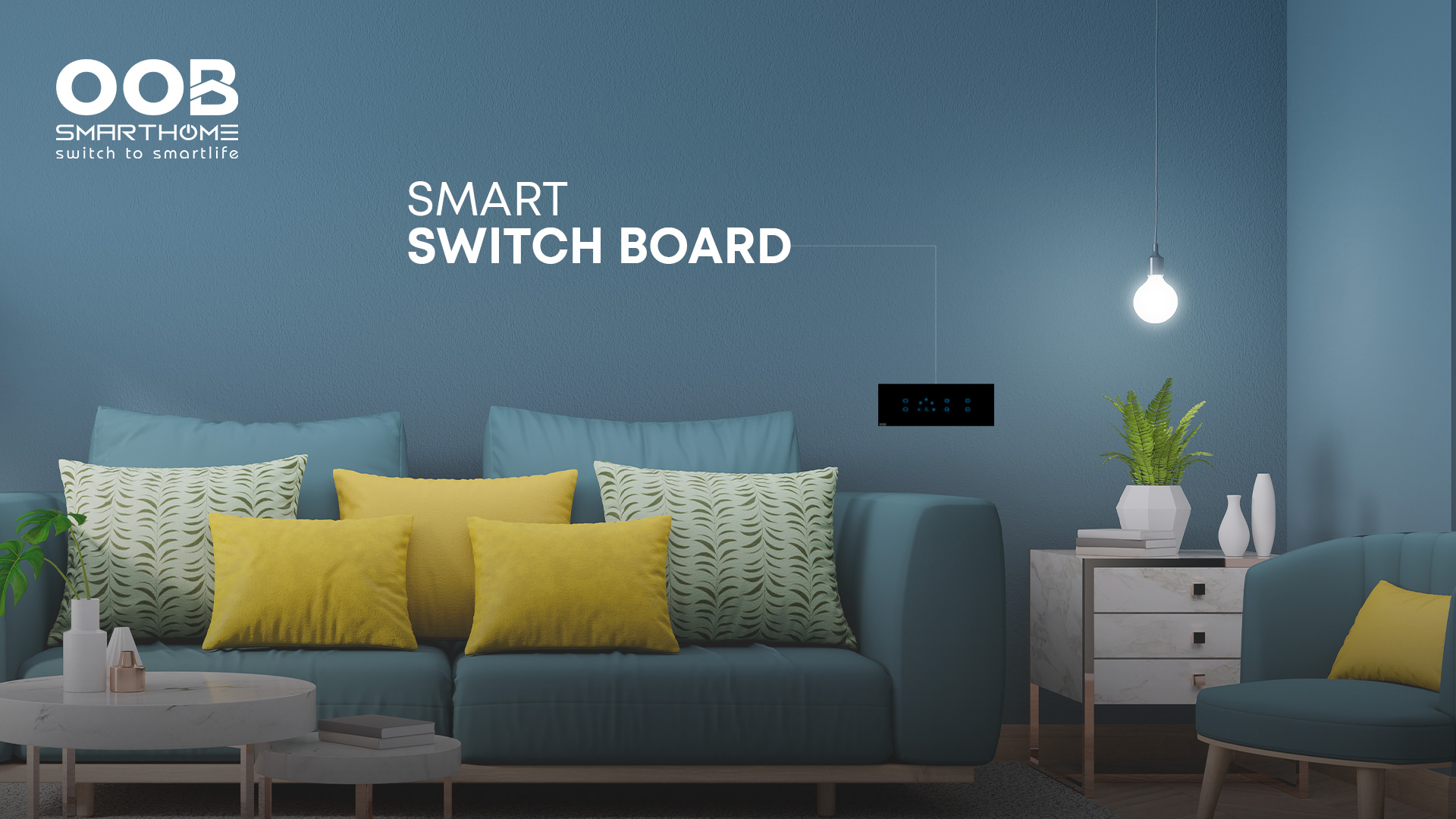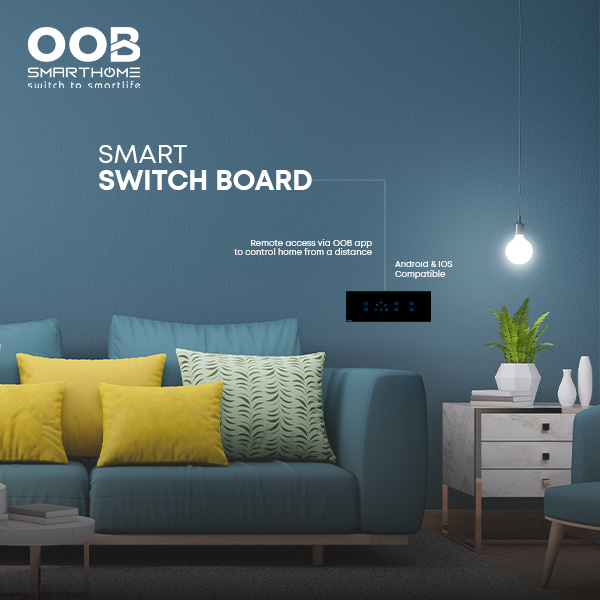Introduction: What are smart switch boards?
A smart switch board, also known as a home automation system, is a device that allows homeowners to control various aspects of their home. This can include tasks such as turning lights on and off, setting alarms, and controlling the temperature.
Smart switch boards can be controlled via an app on a smartphone or tablet, or even by voice commands. This allows homeowners to have complete control over their home while they’re away from it.
For example, if you forget to turn the lights off before leaving for work, you can simply open the OOB Smart Homes app and turn them off from wherever you are. Or, if you want the house to be warm when you get home from work, you can set the temperature to start heating up a half hour before you arrive.
The history of smart switch boards
Smart switchboards are a relatively new technology that has revolutionized the way we control our homes and businesses. But how did they come about?
The first smart switchboard was actually created in the early 1975 by a company called X10. This system used your home’s existing electrical wiring to send signals between devices, allowing you to control them remotely. While this system was ground-breaking at the time, it had its share of limitations.
In the early 2000s, a company called Insteon came up with a new way to create a smart switchboard. Rather than using electrical signals, they developed a mesh network that allowed devices to communicate with each other wirelessly. This system was much more reliable than X10 and quickly became the industry standard.Today, there are multiple companies and of different smart switchboard systems on the market.
How do smart switch boards work?
Smart switch boards are becoming increasingly popular in both homes and businesses. But how do they work?
Smart switchboards contain a number of sensors that can detect things like motion, temperature, and light levels. They also have the ability to connect to the internet and other devices via Bluetooth or Wi-Fi. This allows them to receive updates and information from a central location.
The sensors on a smart switchboard can be used to trigger different actions. For example, if someone walks into a room, the lights could automatically turn on. Or if the temperature gets too high, the air conditioning could kick in.
This technology is still in its early stages, but it has the potential to revolutionize the way we live and work.
The Benefits of using Smart Switch Boards
Smart switch boards, also known as smart meters, are devices that help to measure and manage energy consumption. Smart meters have many benefits for both consumers and utilities, including the ability to save money on energy bills, the ability to monitor energy usage in real-time, and the ability to make informed decisions about energy use.
For consumers, one of the biggest benefits of smart meters is the ability to save money on energy bills. Smart meters can help consumers track their energy usage and find ways to reduce their consumption. In some cases, smart meters can even help customers get discounts from their utility companies.
Utilities also stand to benefit from smart meters. By monitoring energy usage in real-time, utilities can more effectively manage the flow of electricity and avoid blackouts and other disruptions. Additionally, data collected by smart meters can be used to improve grid planning and operations.
Conclusion
The internet of things has the potential to do a lot for the way we manage our homes—including the way we control our lighting. Smart switch boards are one example of this potential, allowing users to not only control their lights remotely, but also set them to specific settings and schedules.
While there are many benefits to smart switch boards, there are also a few potential drawbacks. One is the cost—while some models are reasonably priced, others can be quite expensive. Another is that they require a bit of setup and might not be as user-friendly as traditional light switches.
Overall, smart switch boards offer a lot of promise for the future of home lighting management.


